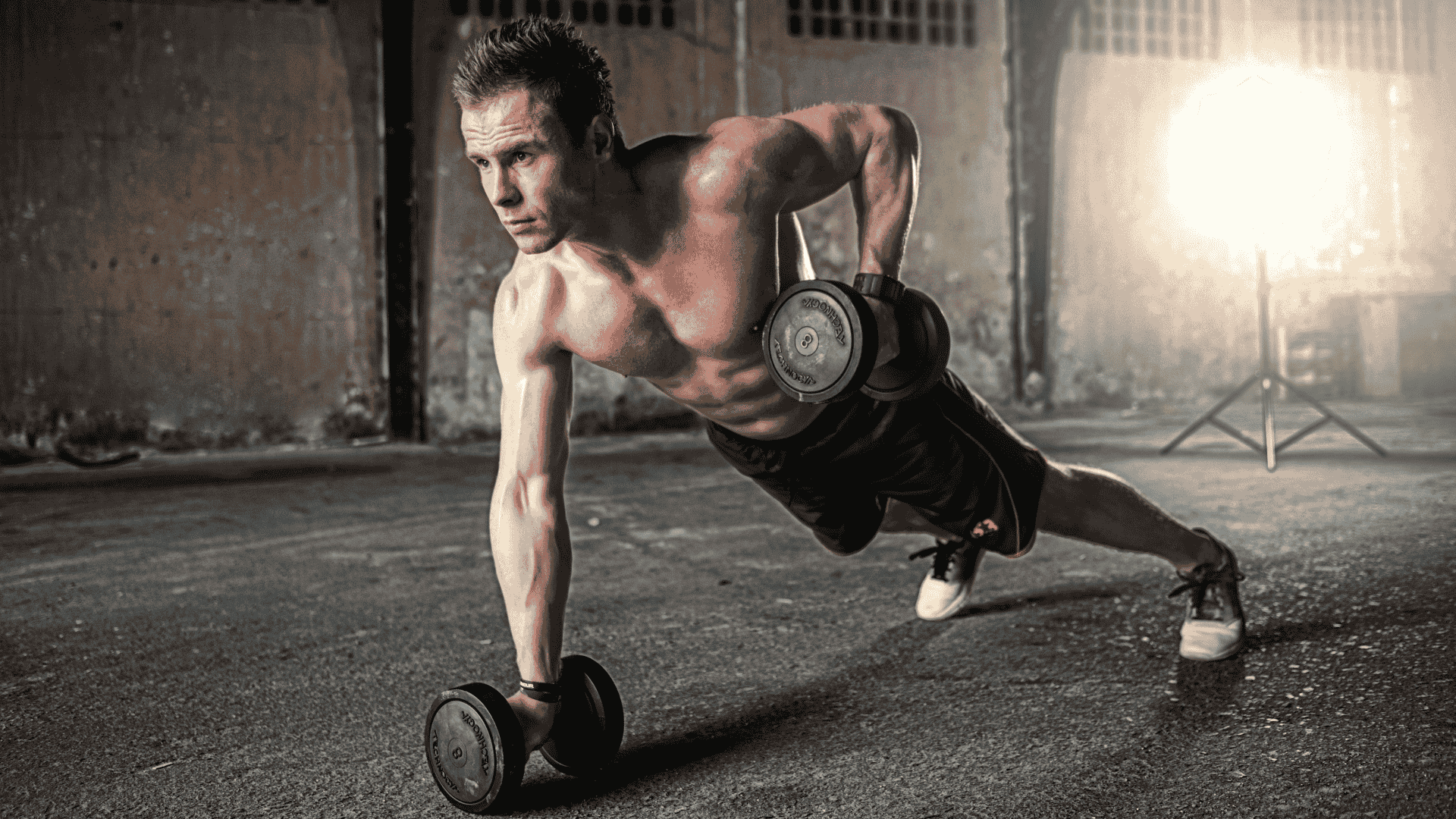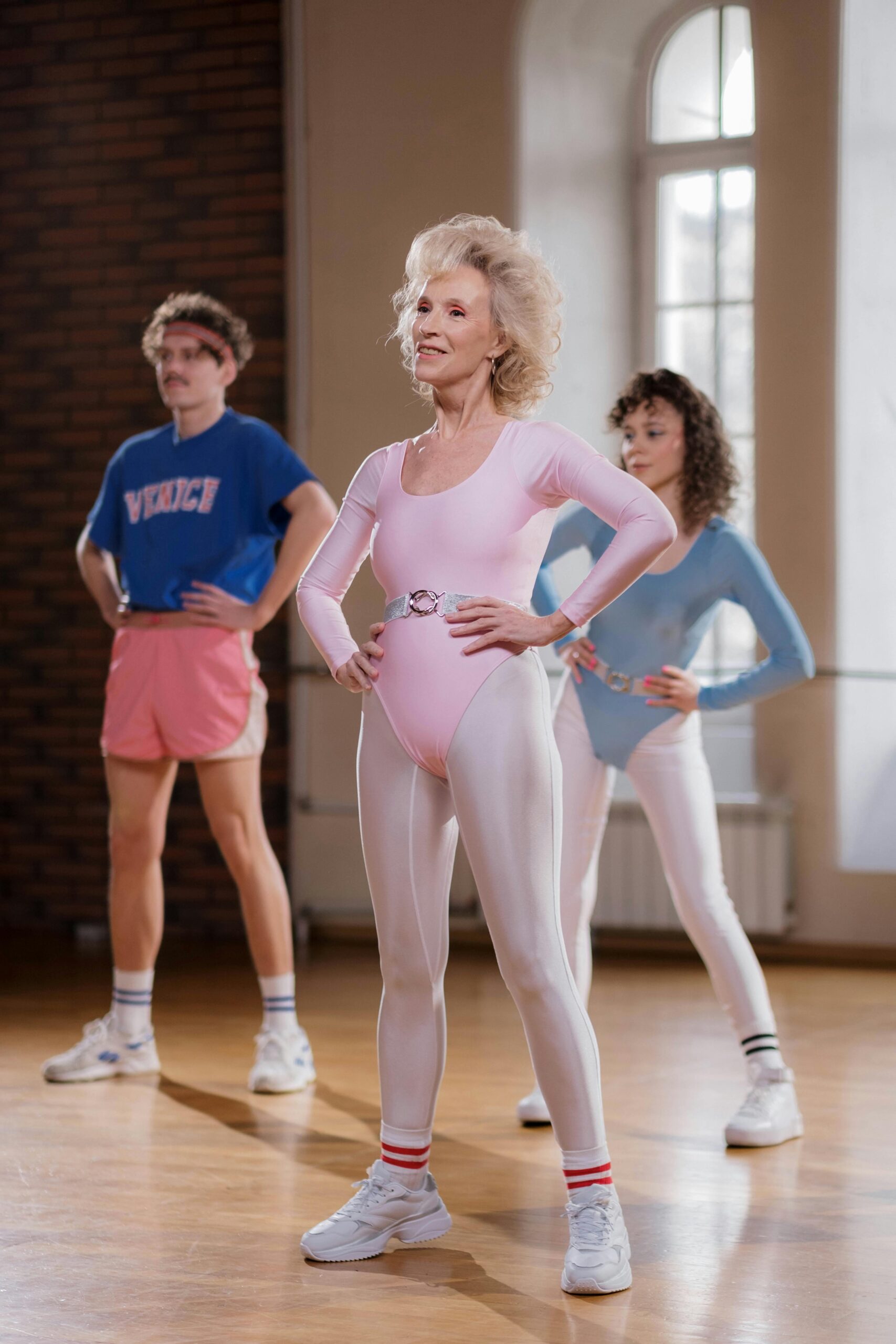Fitness for Seniors: Staying Active at Any Age
Staying active is essential at every stage of life, but it becomes especially important as we grow older. For seniors, regular physical activity not only boosts strength, flexibility, and balance but also plays a crucial role in maintaining independence, preventing chronic diseases, and enhancing mental well-being. The good news is that fitness is not limited by age—there are safe, enjoyable ways for older adults to stay active and healthy.
Why Fitness Matters for Seniors
Aging naturally leads to a decline in muscle mass, bone density, and metabolism. Without regular exercise, these changes can increase the risk of falls, fractures, obesity, heart disease, and diabetes. Staying active:
-
Improves mobility and balance.
-
Reduces the risk of chronic conditions.
-
Boosts energy and mood.
-
Enhances memory and cognitive health.
-
Helps maintain social connections.
Recommended Types of Exercise for Seniors
1. Aerobic Exercises
Great for heart health, stamina, and weight management.
-
Walking, brisk walking, or light jogging.
-
Swimming or water aerobics.
-
Cycling on a stationary or regular bike.
-
Dancing or low-impact group classes.
Goal: 150 minutes of moderate activity per week.
2. Strength Training
Helps maintain muscle mass and bone strength.
-
Light weightlifting with dumbbells or resistance bands.
-
Chair squats, wall push-ups, or seated leg raises.
-
2–3 sessions per week with a focus on all major muscle groups.
3. Flexibility Exercises
Keeps joints mobile and reduces stiffness.
-
Gentle stretching routines.
-
Yoga or tai chi for seniors.
-
Shoulder, hip, and hamstring stretches.
4. Balance Training
Vital for preventing falls—a major health risk for seniors.
-
Standing on one leg (with support if needed).
-
Heel-to-toe walking.
-
Tai chi and yoga also improve balance naturally.
Safety Tips for Seniors in Fitness
-
Consult a doctor before starting a new exercise program, especially if there are chronic health issues.
-
Start slow and gradually increase intensity.
-
Use proper footwear to prevent slips and injuries.
-
Stay hydrated before, during, and after workouts.
-
Listen to your body—rest if you feel pain or dizziness.
-
Choose safe environments like flat walking areas or well-lit indoor gyms.
Simple Daily Activity Ideas
-
Take a morning or evening walk.
-
Do light gardening or household chores.
-
Stretch for 10 minutes after waking up.
-
Use stairs instead of elevators when possible.
-
Join a community group fitness class.
Mental and Social Benefits
Exercise isn’t just about physical health—it also improves mental well-being. Group fitness activities help seniors stay socially connected, reducing feelings of loneliness or isolation. Regular activity also stimulates brain function, which can lower the risk of cognitive decline and memory loss.
Conclusion
Age should never be a barrier to fitness. Seniors who stay active enjoy better physical health, greater independence, and improved quality of life. Through a combination of aerobic, strength, flexibility, and balance exercises, older adults can maintain vitality well into their later years. By making movement a daily habit, seniors can stay strong, confident, and engaged—proving that it’s never too late to prioritize fitness.


